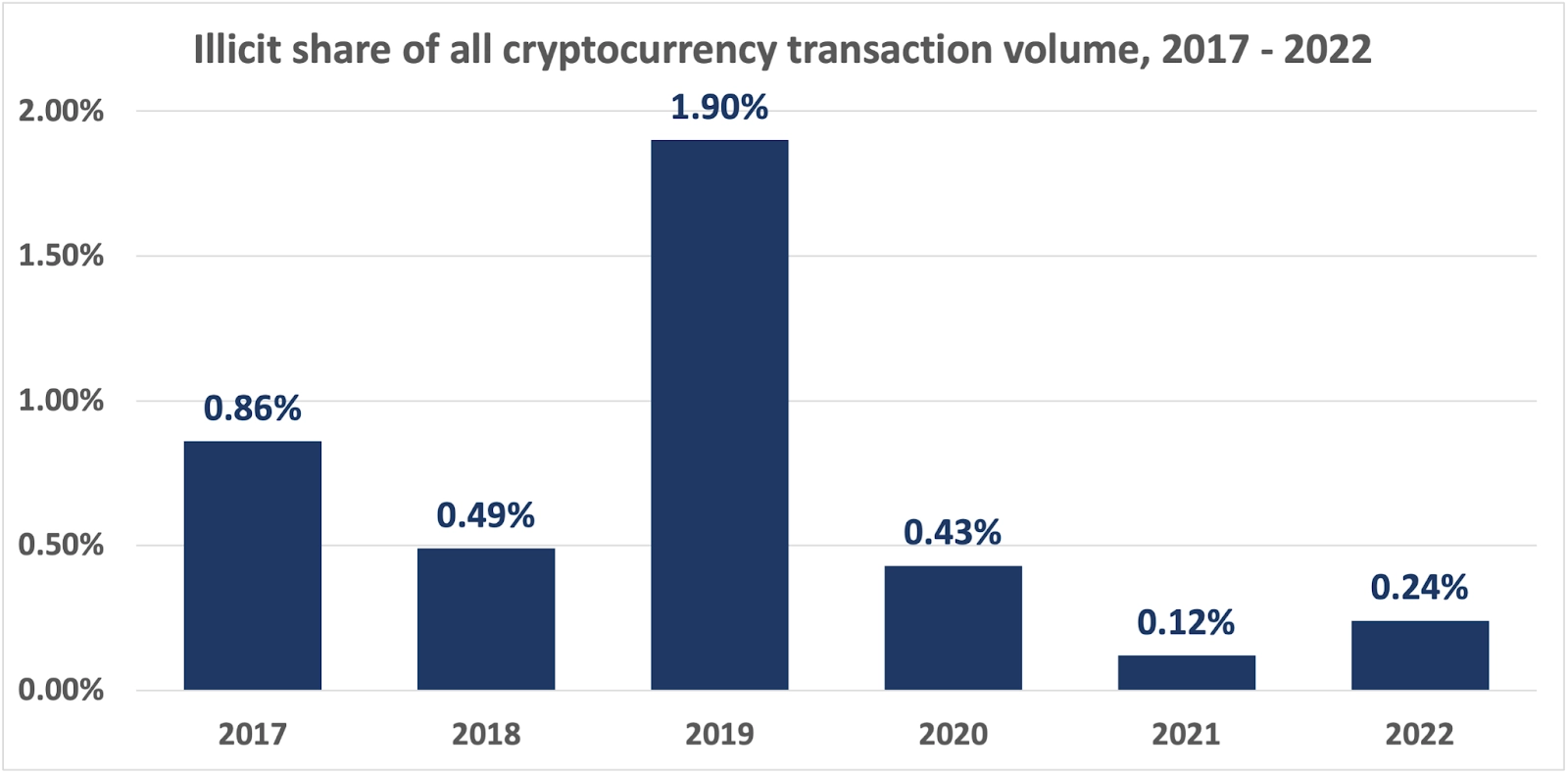- Chainalysis debunks several myths, demonstrating the widespread utility of crypto and dismissing its criminal associations.
- Despite a common misconception, transactions made via crypto are pseudonymous, not anonymous, with activities traceable via blockchain and KYC regulations.
- Evidence shows that regulatory tools effectively trace and manage crypto’s use in crimes, reinforcing its legitimacy.
From crypto is for criminals to crypto has no use case, myths and prejudices are rife in the blockchain world.
Fortunately, we have Chainalysis, the US blockchain analysis firm, which not only helps inform law enforcement about important issues in crypto, such as a scam compromising thousands of wallets and spanning a global police operation, but also writes really insightful reports.
Related: Tether Taps Former Chainalysis Economist to Boost Transparency in Stablecoin Operations
Like a recent one from July 2024, titled “The Chainalysis Crypto Myth Busting Report”.
Advertisement

Here, the analysts identified 33 myths and disproved them thoroughly, nothing less than you’d expect from them. We won’t be able to go through all 33 points, but you can read the whole report here.
Crypto Only Used by Criminals? Not By a Long Shot
So how about that view that crypto is for criminals? The analysts say that myth is busted, for sure. The share of criminal activity compared to the total transaction volume has been steadily declining (apart from an outlier in 2019).
 Illicit share of all crypto transaction volume 2017 to 2022, source: Chainalysis
Illicit share of all crypto transaction volume 2017 to 2022, source: Chainalysis
And while scams are an increasing problem, they’re certainly not limited to crypto. Unfortunately, it’s still a narrative that is persistent in people’s minds. Take Australian banks for example, they still insist they protect customers by limiting – or outright blocking – them from transfer to exchanges.
Related: HSBC Blocks All Transactions to Crypto Exchanges Commencing 24 July
HSBC Australia recently told Crypto News Australia that a block to crypto exchanges was made because “cryptocurrencies can be quickly moved around the world anonymously, making it a preferred payment method for scammers”.
Crypto Anonymous? Think Again
This point ties in with the above, with HSBC claiming that sending funds globally is anonymous. Well, that’s just not the case, according to the analysts at Chainalysis.
They highlight that Bitcoin and other cryptocurrencies are pseudonymous, with transactions on a public ledger that can be traced through blockchain analysis and KYC regulations
Bitcoin and other cryptocurrencies are pseudonymous, not anonymous. Transactions are tied to publicly visible addresses and are recorded on a public ledger. Know Your Customer (KYC) regulations and blockchain analysis tools enable tracing of activities and transactions.
 Chainalysis
Chainalysis
Perhaps someone should tell that to Australian banks?
Ok, But Crooks Do Use It and You Can’t Catch ‘Em, Right?
While you can’t completely stop criminal activity with crypto, the same is true for cash. That aside, regulatory measures and blockchain analysis tools have proven effective in tracing illicit activities and enforcing compliance with KYC and AML standards.
As Chainalysis points out, law enforcement agencies have successfully utilised these tools in numerous cases, including the now infamous Mt. Gox and Silk Road sagas, North Korean Hackers and the recovery of US$3.6 billion (AU$5.5bn) in cryptocurrency from the 2016 Bitfinex hack.
 Notable crypto seizures, source: Chainalysis
Notable crypto seizures, source: Chainalysis
While by no means perfect, governments are increasing their capacity to go after crooks using crypto. There’s actually a case to be made, that the whole idea of a public ledger is not something criminals could want.
Related: Vitalik Buterin Predicts Imminent Breakthrough in Ethereum Layer-2 Interoperability Challenges
In fact, criminals often prefer cash because it leaves no digital trail, whereas cryptocurrencies, despite their initial perception as being anonymous, can be traced using advanced blockchain analysis tools.
This is echoed by a Reserve Bank of Australia report, which states that the amount of cash used in criminal activities is somewhere between 7 to 11%, far higher than the 0.34% in crypto.




